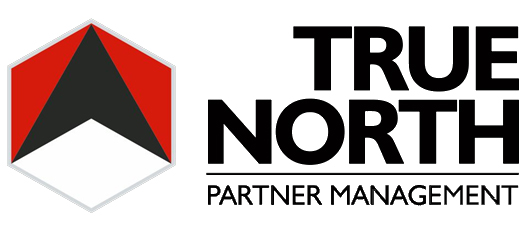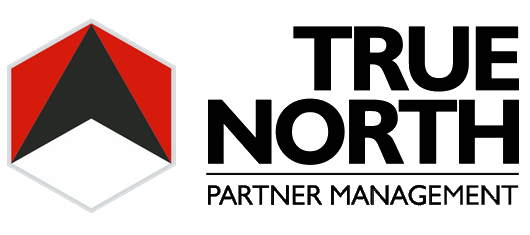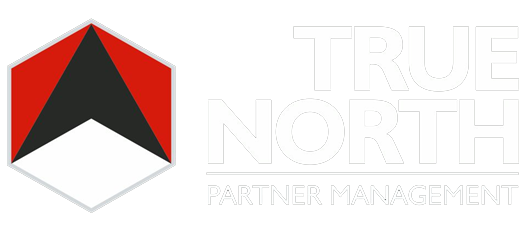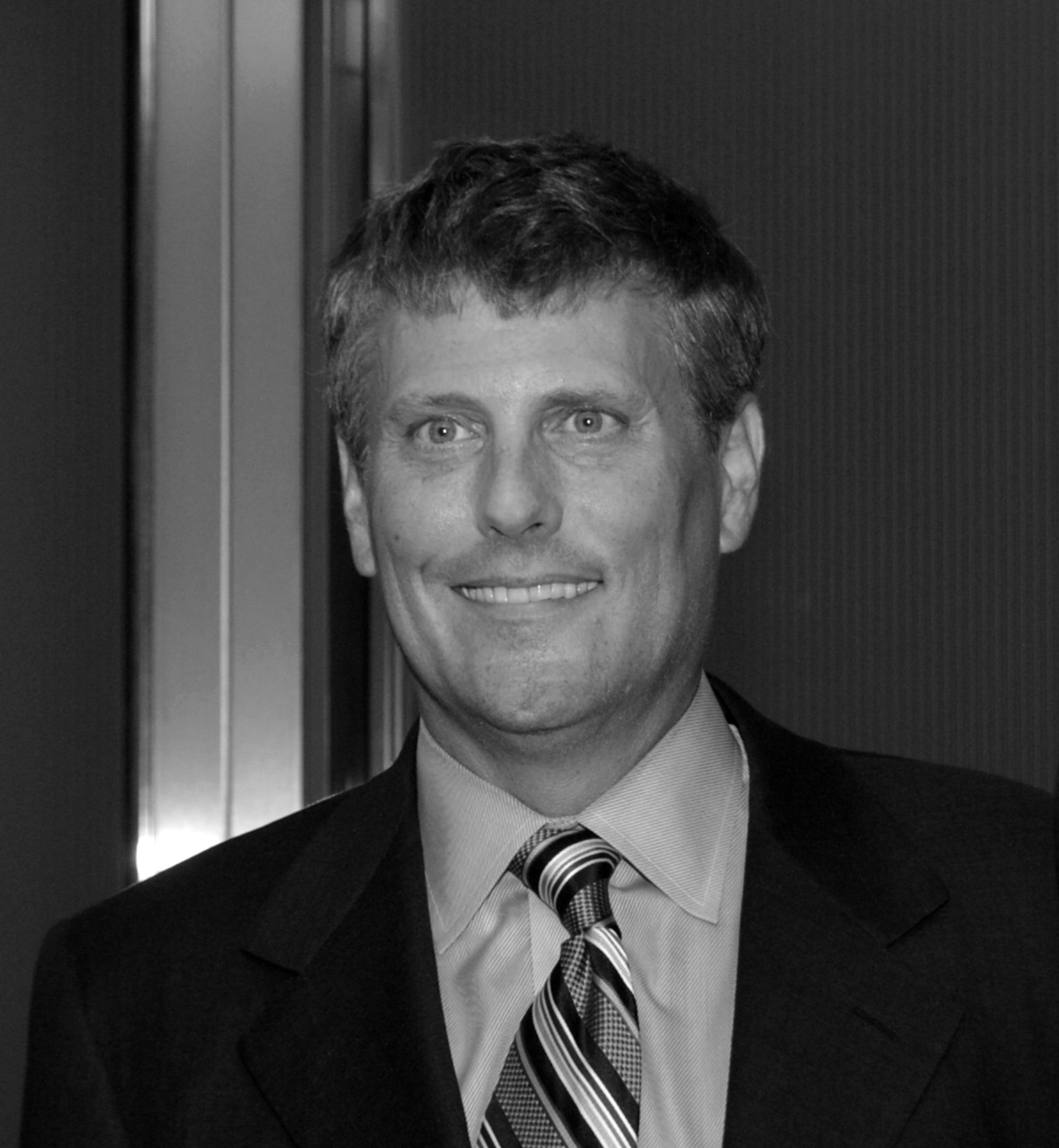The following post originally appeared on Forbes | August 20, 2014
“The old lion is dead.”
These were the words Archie Roosevelt sent along to notify his siblings of Teddy’s passing. Nothing else was to be said, as in looking back over his life, even a million more words and gallons of miraculin could not have turned the bitterness of the moment. A politician, author, naturalist, explorer, historian, and police commissioner, Roosevelt left behind a legacy that few men have since approached. But above all, with his cowboy persona and robust masculinity, he was best known as the quintessential man’s man.
His values and principals were perhaps best summed up in what has become one of the most memorable speeches to date: Citizenship in a Republic. One passage in particular, dubbed “The Man In The Arena,” has kept many ambitious souls motivated in the face of blurring criticism, anguish, and self-doubt.
It is not the critic who counts; not the man who points out how the strong man stumbles, or where the doer of deeds could have done them better. The credit belongs to the man who is actually in the arena, whose face is marred by dust and sweat and blood; who strives valiantly; who errs, who comes short again and again, because there is no effort without error and shortcoming; but who does actually strive to do the deeds; who knows great enthusiasms, the great devotions; who spends himself in a worthy cause; who at the best knows in the end the triumph of high achievement, and who at the worst, if he fails, at least fails while daring greatly, so that his place shall never be with those cold and timid souls who neither know victory nor defeat.
No doubt there are few locker rooms, board rooms, and even courtrooms, that have not heard or seen these words at some point during their own versions of darker times. Having only recently consummated the largest law firm merger of the year, Ed Newberry of Squire Patton Boggs, as of this moment, has found himself in a sun-speckled, enviable position: co-global managing partner of the 21st largest law firm in the world. It wasn’t long ago, however, that he ran the darkest gauntlet to get here; one that few law firm leaders have had to endure, and even fewer have finished.
With challenging decisions to be made and executed—both philosophical and practical—his firm’s merger did not come easy. He catalyzed and created change: Shifting entrenched cultural values; managing the financial wellsprings of brilliant attorneys; persuading and corralling some of the most critical minds the world has to offer; and, in some cases, forging ahead against the opposition. For those who truly understand the personalities and skillsets that comprise the ranks of a major law firm, the conclusion is an easy one: Newberry is a doer of deeds.
Not unlike Poe’s protagonist in The Pit and the Pendulum, the blade swung uncomfortably close to Patton Boggs, but they managed to break their bonds and have lived to tell their story. In this legal market of change and consolidation and more firms under financial strain that most would like to admit, I thought it would be incredibly beneficial to talk to Newberry about his experience. See our exchange below:
On What Led Patton Boggs Into the Merger
David: Okay so let’s just start at the beginning. What led up to you guys actually deciding to merge?
Ed: There were really two factors. One—and the primary driving factor—was strategic. We decided in mid-2013—and when I say “we,” I mean our executive committee—that we needed to expand our platform. We recognized that we had one of the strongest brands in the legal marketplace, and we understood that we had a deep bench of talent and some profession-leading practices in certain areas, but that we didn’t have a sufficient platform to take advantage of all of those strengths. So we decided to grow the platform, and realized—as all firms realize in this environment—to grow the platform to the level we felt we needed, to move from 400 lawyers to a much larger firm with a much larger global footprint, could not be done organically. It couldn’t be done by acquiring offices or by lateral acquisitions. It really needed to be done through a combination.
The second factor is no secret: We were facing increasing financial pressure. So we undertook a substantial restructuring, and that restructuring put us on a solid economic and financial footing, allowing us to do a combination to meet our strategic needs.
Many if not most of the U.S.-based law firms in the 350 to 600 or 700 lawyer-range are feeling a great deal of financial pressure. We felt it more than many because we had a number of very large cases—totaling, at the end of the day, nearly $80 million of a $330 million budget—settle and wind up through normal course. That dramatic decline in revenue exacerbated the pressure on us, but the financial pressure on all law firms today are very significant.
David: Was there direct client pressure for expansion? Were clients saying, “Hey, look, we need help here and here and here, and you guys don’t have an outpost there”?
Ed: All the time. We were hearing that from our clients—some of our large, multinational corporate and wealth fund clients, for example—who had significant cross-border transactions that we simply weren’t well positioned to handle. So we set about to evaluate what we thought we needed to best serve them and to allow our partnership to fulfill its potential.
On The Major Challenges During The Merger Process
David: What are some of the major devils you faced in the turnaround? If there isn’t right now, at some point there certainly will be a group of firms in the same situation Patton Boggs was in. With them in mind, what are the two biggest challenges you faced over the past year or so that those firms will too?
Ed: Well I think there are at least a couple. But first it’s important to recognize that a turnaround in a mature market in which demand is flat or declining is substantially different than undertaking a turnaround in a growth market in which there is strong growth in demand and billing rates, much like our profession experienced before the start of the global financial crisis. Any turnaround, but especially one in an environment like we face today, really requires very hard decisions about costs, and about people, and about productivity. Those are particularly hard issues to address in a law firm; especially a law firm that has a very strong culture, one of closeness and camaraderie, as our law firm does.
So I think the hardest things really were, first, developing the plan and the steps necessary to adjust to the pressures that we faced as an organization. That was an important exercise, and getting that right is important. And while it’s hard, it’s not the hardest thing. The hardest thing is building support and executing on the change in organizations—like law firms—that have not had to face, or have not faced a great deal of, change in a long period of time. … I was surprised by the resistance to change within the organization. I knew there would be resistance; I was still surprised by the level of the resistance to change.
The second is the media and the media’s approach to evaluating what’s happening in the legal marketplace. The media relentlessly covered us, and any time we made a move—a strategic move—it was reported. But more often than not, it was reported as a negative development rather than the positive development that those moves generally were for the partnership.
David: Did you guys have an actual strategy on how to deal with media? Was there some kind of a guiding principle?
Ed: Transparency. In fact, I can’t remember who it was now, but some publication wrote an article saying, “Isn’t this refreshing that this law firm is actually telling people what they’re doing and why?” That didn’t stop the negative press, but it did, I think, allow the press to understand us, and that led to fairer coverage in some of the key media markets.
We received an enormous amount of attention because of the strength of our brand and the high profile nature of our firm, and that’s to be understood. But a fair number of the articles were quite positive about restructuring and turning around and adjusting to the realities of the marketplace.
I think, at the end of the day, that transparency and open communication to the partnership so that partners could understand what was happening was incredibly important and helped keep people together during the most difficult periods. This way, the partnership could see, despite the stresses we were feeling as a firm, that there were still very positive outcomes.
On Dealing With The Banks
David: What was it like dealing with the banks? This is something that, I assume, was challenging: Dealing with the banks while you were in a turn-around situation. I don’t know if you guys had actually breached covenants or not….
Ed: We did not breach covenants. However the banks played a very important role and were quite constructive over a period of years. We engaged them and they were integral in assuring that our partnership understood how they viewed our firm as a business from their perspectives as bankers; how they viewed both the challenges we faced as an individual organization, and also their view of the legal marketplace as a whole. They were very direct in their view of what a restructuring of our partnership would look like, and were very disciplined in monitoring our execution. I think it was important for the partnership to hear those messages from our banks. Our discipline as a firm, as hard as it was to keep sometimes, was in making sure that we were doing what we needed to do and stay committed to our banks, which was vital to maintaining their support.
David: So what it sounds like is, basically, you had to put together a plan and they really held you to it—helped you hold to it—and likewise, helped provide you guys with the support necessary to get through this.
Ed: Yes, they did. And for our part of the bargain we needed to be very direct with them and very candid about what it was we were going to do, what it was we were going to try to do, and what it was we felt we couldn’t do. We were very direct and very open with them at all steps of that process, and we did what we said we would do, we did much of what we said we would try to do—In fact, we did nearly all of that—and even accomplished a few things we said we weren’t certain we could do.
On Formal Integration Policies
David: Are you guys doing anything formally for the integration of the two firms?
Ed: We are. We put together an integration committee with 12 members from each legacy firm, chaired by one legacy Squire Sanders partner and one legacy Patton Boggs partner, charged with supporting the integration effort and addressing the issues of integration between the two firms, and, perhaps most importantly, building momentum between the two partnerships as we come together. That effort, which I would describe as the formal effort, is going quite well. They are answering questions and bringing people together and encouraging collaboration. Also, we had two days of meetings with leaders in the firm—leaders broadly writ—in mid-June. Those meetings went extremely well; close to 100 partners from the two firms combined, participated in those meetings.
But what’s most encouraging, I think, is the informal integration that’s happening: It’s legacy Patton Boggs partners reaching out to meet their counterparts and others at legacy Squire Sanders, and vice versa; that’s happening in massive numbers. There is a huge amount of communication and outreach between the two partnerships that is helping build both a strong cultural fit and business opportunities that otherwise wouldn’t be uncovered. We are seeing business opportunities we would not have otherwise seen, landing engagements that neither firm could have landed on their own, and offering a value-add to clients globally that fundamentally differentiates our firm among leading law firms.
On The Top Initiatives A Managing Partner Should Do Right Now
David: If you were to speak to a managing partner who is facing a potential turnaround situation, what are some things you’d tell them to do right now?
Ed: I think a couple of things. Number one, as Jim Collins would say, “face the brutal facts.” Realistically face the challenges of the overall marketplace, which are quite severe; this is a very challenging environment at the macro level. Also, face the brutal facts of the situation your own organization faces: A candid and true assessment of where you stand. That’s very hard because everyone hopes it will get better, or maybe they can grow out of it, or other hopes that can surface in a tough situation like that. But, hope isn’t a strategic plan. You’ve got to actually face the brutal facts.
Number two is to develop a clear plan for addressing the issue you face and an effective strategy for implementing those plans. The development of the plan is obviously not a simple step, but it’s a step that all smart individuals can go through. The implementation of that plan, however, is extremely difficult because most of the press—and many of the lawyers in the organization—won’t have faced the brutal facts and will hope that problems go away and things will get better on their own. They won’t understand or won’t accept the rationale of what are sometimes very difficult decisions about people, about costs, or about other very difficult subjects.
To stick to that plan and implement it despite the pressures, despite the push back from the press and others including, sometimes, even those in your own organization, despite even at times your own self-doubts when it gets very difficult, if you can stick to those decisions, good things will come, because those hard decisions are what yield a very strong result.
This is an incredibly important point, and just like going to war, little can prepare you, as a leader of a law firm, for it: Lawyers are very smart, very persuasive; they’re advocates, and it’s very easy to, in the face of what can be sometimes withering criticism and very serious challenges to the direction that you’re heading, give into relentless pressure just to make it subside. It’s very easy to be derailed and facing the facts and not being derailed are two critically important factors.
What Advice He’d Give Himself
David: If you could sit down and talk to Ed Newberry before this challenging endeavor began, what would you tell him? What is some of the advice that you would give yourself?
Ed: Number one, I think in this environment it’s very important to build a margin of safety into all of your operations. While you can budget, and while you can anticipate what’s coming, you can’t know what’s coming; you can’t know what the future holds. Building in a margin of safety—operational safety, financial safety—is absolutely critical in this environment. Most successful organizations do that; law firms often don’t because most pay out their earnings every year and start the next year fresh. So building in a margin of safety, both operational and financial, I think is absolutely critical. Squire Sanders does that as a matter of policy, and their conservative approach to financial matters was a big attraction to legacy Patton Boggs.
Second is recognizing that the world for professional services has changed and is not going to change back, but will continue to change, and on an on-going basis to try anticipating the change—even if you’re wrong—so that you are prepared to respond. For the provision of legal services, it is absolutely critical because there are so many forces that are being brought to bear on the industry: technological forces, financial forces, the introduction of private money through litigation funding, external investors, or through UK and Australia and other geographies, non-lawyer partners…. All of those factors and more are conspiring to change the practice of law and the balance between clients and legal service providers and it is not likely to stop changing or to revert back to the way it was.
In a growth industry there are lots of strategies that work that you can follow, but in a mature industry, which is essentially the legal profession today, there are basically only three things that you can really effectively do:
Number one is to control costs and show very tight discipline on costs. Because your top line revenue is not likely to increase a lot, you have to be very careful with costs. Squire Sanders’ leadership, we’ve found, is extremely effective in managing costs.
Second, you have to look different, and effectively differentiate yourself, from other service providers to grow market share or to even maintain market share.
Third is you have to actually seek to grow, and there are really only three ways to do that: One is to organically grow the business. And of course differentiation helps on that front. But in a market that is not growing, that is difficult. Two is lateral acquisitions, which many firms are aggressively pursuing now. But that is a very dangerous strategy because laterals are extremely expensive and have a very low success rate—by some studies lower than 50 percent across firms. And then third is you can combine. Our combination with a firm very disciplined about costs, created a large, robust, stable, and highly differentiated firm and is a very strategic response, on many levels, to the challenging environment law firms are facing today.
On A Law Firm Future Proofing Itself
David: What are some of the attributes that you think a firm should have or should engage in order to future proof itself?
Ed: It’s impossible to know what the future holds. In fact I read an interesting article recently that talked about how most of the futurists are dead wrong, but nevertheless, they serve a very useful purpose because they force people to think about the future and to make their own judgments about what the future will look like.
In the legal business, at least before 2008, we have never had to do much of that because the future always looked roughly the same: Business was growing, firms were getting bigger, and everyone except the most poorly run firms made more money. It was a fairly easy environment in which to envision the future. I think now it’s very difficult to know what the future for the legal business holds. The increasing influence of private money through direct investment in the U.K. and Australia, through private litigation funding, and in other ways, will have a profound impact. The increasing role of non-lawyers in law firms, including as partners in some jurisdictions, will have a profound impact. These and other forces will dramatically change both the practice of law and also how law firms are run, moving them towards more efficiently-run businesses rather than less efficiently run professional associations.
At the same time clients are going to be demanding that increased efficiency, and I think the old ways of billing are ultimately going to change. The risk/reward balance between the firms and their clients that is currently in place will change over time so that there’s greater risk on the service provider in exchange for a greater reward for success, and a lesser reward for failure. That will be a dramatic change.
Admittedly, this is all just my speculation, but I think the more general point is for law firms to be nimble and accepting of the fact that the world is changing, and that they should be seeking to change as the world of professional services and legal professional services changes. Law firms that change will survive and thrive; those that don’t are going to get left behind.



